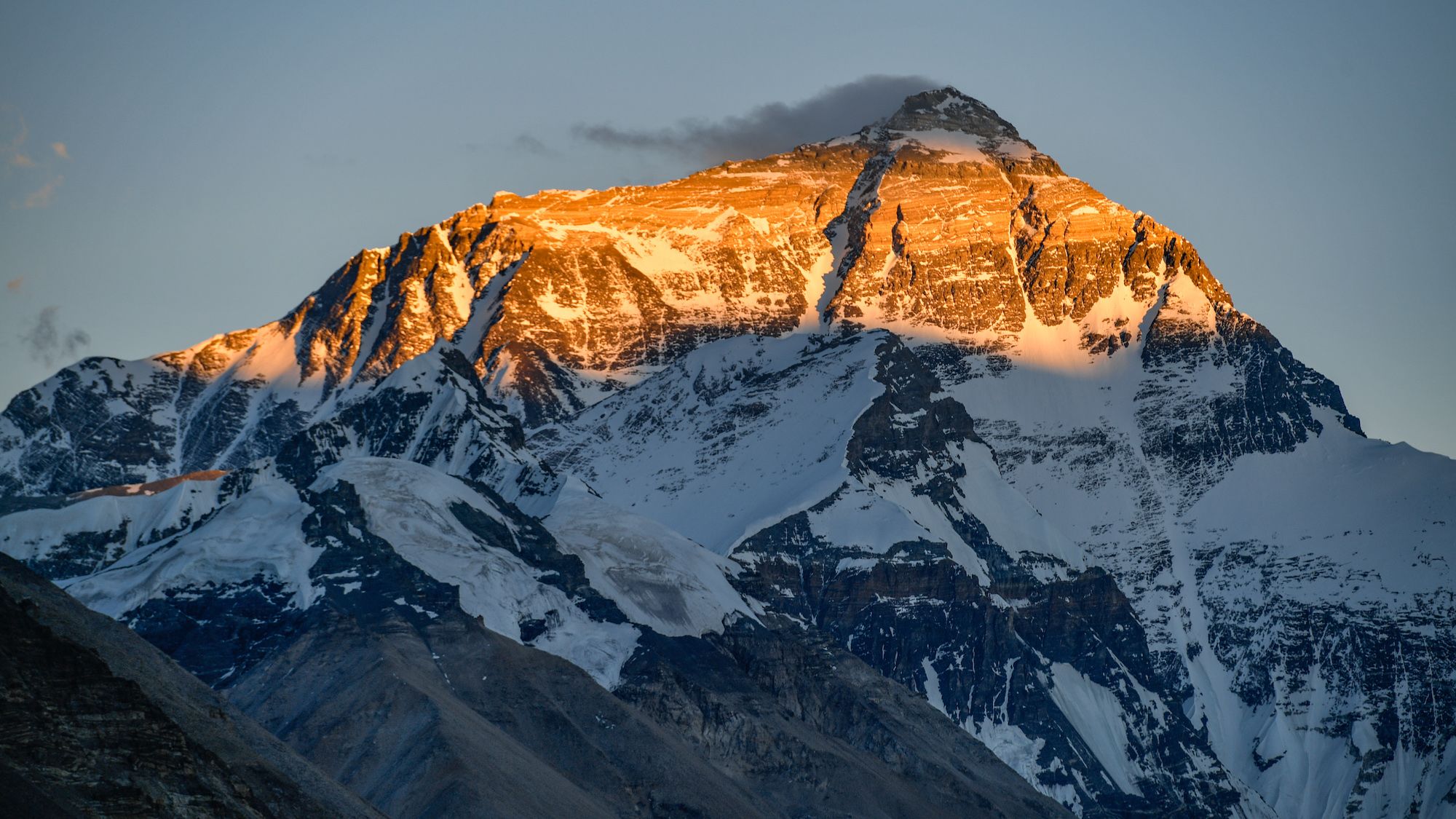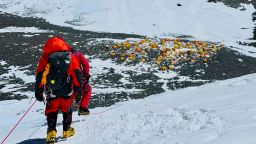For the first time since the pandemic, China is allowing foreign climbers to access Mount Everest via Tibet.
Adrian Ballinger, who has summited Everest eight times, is one of the Western guides who prefers the Tibet route to the top of the world’s tallest mountain (from the north), as opposed to the more well-known Nepal route (from the south). This year, he will lead a group of climbers through his company, Alpenglow Expeditions.
Rather than a tourism official or council in Beijing, all passes to use the Chinese route up the mountain, which is known in China as Qomolangma, are distributed by the China Tibet Mountaineering Association (CTMA).
There is also no official announcement released by the Chinese government notifying the public that passes will be given out.
As a result, says Ballinger, the best way for a non-Chinese climber to know that the Tibet side of Everest will be open is when the CTMA sends out a price list for the season. These lists include the costs of yaks (which carry gear up and down the mountain), local guides, translators and transport from Tibet’s capital of Lhasa to Everest Base Camp.
Foreigners who obtain tourist visas to China must get an additional, separate permit for Tibet, which is a semi-autonomous region. The CTMA assists with this for climbers.
There are a maximum of 300 permits available annually for non-Chinese climbers.
The window to climb Everest is small – usually between late April and mid-May. Ballinger’s team will arrive in China on April 25 after pre-acclimatizing at home to save time.
Competition at the top of the world
While Nepal has the more famous and more photographed path to the peak of Everest, the greater number of visitors correlates to more trash, more erosion and more human waste.
However, this wasn’t always the case.
“Climbing from the Chinese side used to be more popular than climbing from the Nepali side. So from about 2000 to 2007, the Chinese side was the more popular side, and it was commonly understood that the reason it was more popular is because it was safer,” explains Ballinger.
So what changed?
In 2008, China hosted the Summer Olympics in Beijing. Before arriving in the capital, the Olympic Flame traveled to Everest, despite the fact that there were already groups of tourists ready to tackle the world’s highest peak.
“Eight days before we all arrived on the mountain in 2008, they shut down the mountain for the entire season, and a lot of people lost a lot of money,” says Ballinger. “And because of that decision, the business shifted to the Nepali side in that year.”
Now, with foreign climbers able to access Everest via the northern route through Tibet for the first time since 2020, that trend may slowly begin to reverse.


